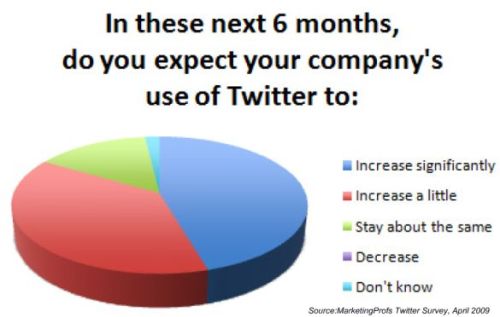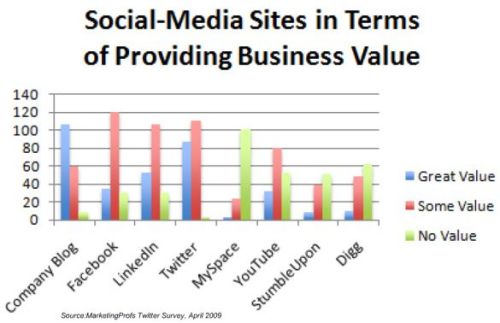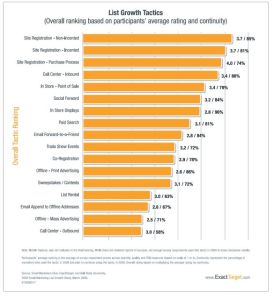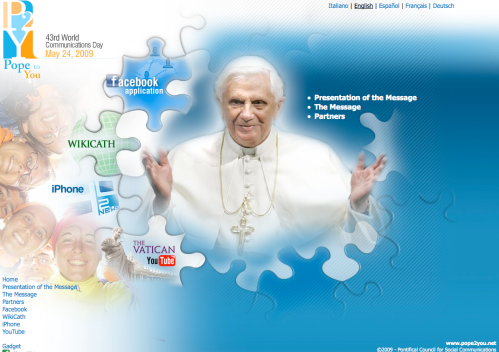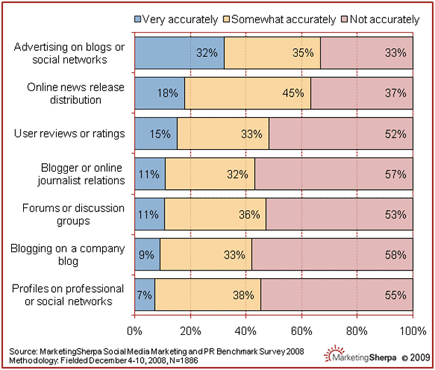U.S. marketers are predicted to spend $2 billion on email marketing by 2014, amounting to an almost 11% compound annual growth rate, according to the latest forecast by Forrester Research.
Falling CPMs and high ROI are giving marketers more reason to rely on email as their primary direct marketing outreach, according to the “U.S. E-mail Marketing Forecast 2009 to 2014” report.
A major challenge for marketers to be on the lookout for is the use of email in social networks. Marketers will have to find a way to leverage social sharing tools in the same way they once used social and traditional inboxes.
But just because everyone’s doing it and spending a lot of money on it, doesn’t mean that this is the time for everyone to go into email overload.
You may be looking at email as an effective way to boost sales while your budget is feeling the pinch, but turning up the volume of emails you send customers could backfire in a big way.
“E-mail is such a low-cost channel to send that people have the impression they can keep pulling that lever,” said Aaron Smith, principal and co-founder of Smith-Harmon, a Seattle-based e-mail marketing, strategy and creative services provider.
“There’s a saturation level in the inbox that is unprecedented right now, and you are far more likely to oversaturate your customer base, upset them and turn them off.” (BtoB Magazine)
When you’re feeling the pressure to push out more emails, Smith offers some strong arguments on why it could be a bad idea in a recent BtoB Magazine article.
Why email overload can be a bad idea:
- Lower lifetime value. The average value of an email address is $118. When subscribers start ignoring your messages or unsubscribe from your emails, that value quickly diminishes.
- Higher spam complaints. Even if you’re sending to subscribers, they will start marking your emails as spam if you’re loading their inbox with more, but worthless messages.
- Brand damage. It’s possible that a person can get so fed up with the amount of messages they receive from you, that they block you out entirely. Once they’re gone, it’s tough getting them back.
We’ve all had the joy of dealing with email overload in our personal inboxes. Turn those negative experiences into a chance to improve your marketing at work.
Improve your email marketing by asking yourself a few questions:
- What standards do you have for emails subscriptions?
- What motivates you to open an email? To click through in an email?
- Why do you unsubscribe from mailing lists?
Understanding why you choose to subscribe, actively participate or unsubscribe from emails can give you an added insight into why your customers do the same.

